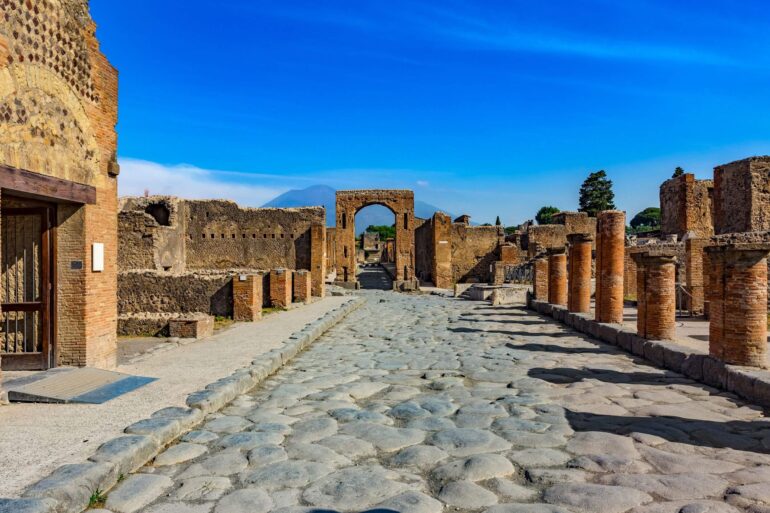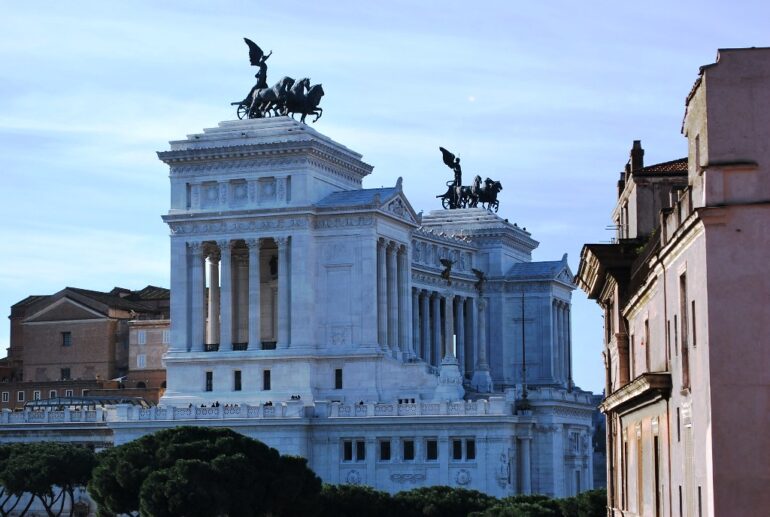The ingenuity of ancient Rome has left an enduring legacy. Many creations they developed not only shaped their era but also laid the groundwork for advancements that still define everyday life. Roads, aqueducts, and concrete are just a few examples of their innovative brilliance that remain integral to the world today. Their vision of functionality, durability, and organization continues to inspire contemporary systems.
Key Points:
- Roman aqueducts revolutionized water distribution and inspire plumbing systems today.
- Concrete from ancient Rome demonstrates unmatched durability and is still studied for innovation.
- Roman numeral systems remain culturally significant and widely used for specific purposes.
- Infrastructure such as roads influenced how cities are connected globally.
- Legal and governance structures from Rome form the backbone of many justice systems.
Engineering Marvels: Aqueducts and Water Systems

Efficient water management was a hallmark of Roman society. Aqueducts carried fresh water from distant sources to urban centers, enabling cities to thrive. These massive structures used gravity to transport water across uneven terrains.
Imagine modern plumbing systems without this ingenious innovation. Public fountains and baths functioned as social hubs, highlighting the role of water in community life. Techniques from those aqueducts are still studied by engineers to understand water flow and distribution. The inspiration they provide underscores their lasting impact.
Building Materials: The Mastery of Concrete
Concrete used by Rome was revolutionary. The material combined volcanic ash with lime and water, creating a product that could withstand the test of time. Structures such as the Pantheon showcase its durability. The dome of the Pantheon remains the largest unreinforced concrete dome in existence.
This material differed from today’s concrete in key ways. Modern mixtures degrade over centuries, yet Roman formulas often strengthen over time due to chemical reactions with seawater. Studies on ancient concrete continue to influence material science today.
Numeric Legacy: Roman Numerals
Numerical systems devised by Rome continue to hold cultural relevance. Roman numerals are used on clocks, book chapters, and formal documents, preserving a sense of historical continuity. They often appear on celebratory milestones like anniversaries. If you’re curious about the significance of a particular date, you can explore tools like the Roman numeral birthday converter. This system links modern celebrations with an ancient past, keeping their numeric tradition alive.
Infrastructure: Roads and Connectivity

Rome’s roads were an unparalleled achievement. Built for durability, they connected distant parts of the empire, enabling trade, governance, and communication. Paved with stone and designed with layers for drainage, these routes became the blueprint for modern highways.
Today’s transportation networks owe much to the concept of connectivity pioneered by those roads. Many pathways align with original Roman routes, a testament to their strategic foresight. The saying “All roads lead to Rome” reflects the centrality of their network to the empire’s power and influence.
Famous Roman Roads That Still Endure
Some ancient roads continue to stand as remarkable testaments to Roman engineering. Their enduring presence offers a glimpse into the ingenuity that shaped travel and trade across the empire. Here are some of the most iconic roads that remain part of history and even modern landscapes:
- Appian Way (Via Appia Antica): Known as the “Queen of Roads,” it connected Rome to southern Italy and remains a tourist attraction with parts still walkable today.
- Via Flaminia: A key route linking Rome to the Adriatic Sea, portions of this road are still visible and integrated into modern infrastructure.
- Via Augusta: Spanning Spain, this road connected key Roman cities in the Iberian Peninsula and has sections preserved for historical exploration.
- Via Egnatia: Stretching across the Balkans, this road facilitated movement between Europe and Asia and inspired modern travel routes in the region.
- Via Aurelia: Following Italy’s western coastline, this road supported military and trade activities, with remnants visible in Tuscany and beyond.
Governance and Legal Systems

The legal frameworks introduced by Rome influenced the creation of modern justice systems. Concepts such as “innocent until proven guilty” originated from their courts. The organization of laws into codified systems became a template for legal codes worldwide.
Their Senate, a governing body comprising elected representatives, serves as a precursor to legislative structures in contemporary democracies. The emphasis on civic responsibility and public service reflects principles that continue to shape governance globally.
Cultural Innovations: Architecture and Urban Planning

Structures like the Colosseum highlight the architectural genius of ancient builders. The use of arches allowed for stronger, more stable buildings, a method widely applied in later constructions.
Urban planning included organized streets, public spaces, and sewage systems. Cities were designed with a focus on efficiency and functionality, influencing how modern cities manage growth and infrastructure. The planning legacy demonstrates an enduring vision of organized living.
Conclusion: The Timeless Influence of Ancient Rome
Ancient Rome’s contributions transcend time. From water systems to governance, their creativity provided solutions that remain relevant in contemporary life. Their mastery of materials, commitment to public works, and sense of civic responsibility left a foundation for countless advancements.
The enduring presence of their ideas is a testament to human ingenuity. As we adapt their principles to new challenges, we continue to honor a civilization that shaped the course of history. Their influence reminds us of the timeless nature of innovation.
